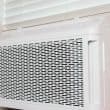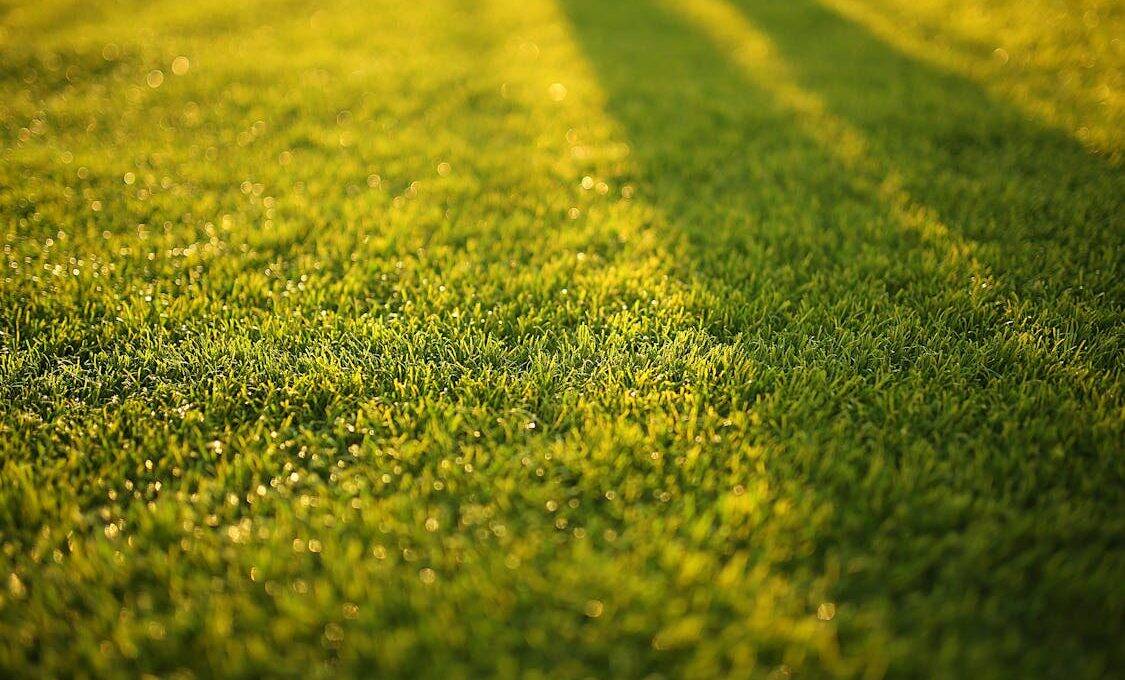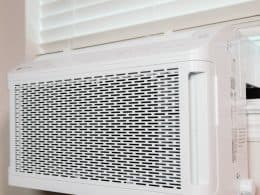Maintaining the appearance of an artificial grass lawn can feel like a chore. Yet, with the right strategies, your lawn can mimic the lush look and feel of a natural one.
The secret lies in the thousands of synthetic grass blades that, when cared for properly, create the illusion of a freshly mowed yard. Here’s a look at some practical tips to help you keep your synthetic grass looking its very best.
Choose the Right Type of Artificial Grass
Selecting the right type of artificial grass is the first step towards a realistic appearance. There are various styles available, each designed to mimic different types of natural grass.
Some may look lush and full, while others are designed to replicate the finer blades of a specific grass type. Researching materials, colors, and textures can go a long way in achieving a natural look.
Consider your climate and intended use for the lawn. For instance, if you have pets or children, you might want a style that is durable and easy to clean. Always check for UV resistance to prevent fading, which can make your lawn look worn over time.
Regular Cleaning
Keeping your artificial grass clean is vital for maintaining its appearance. Regularly removing debris like leaves, twigs, and dirt will prevent build-up that detracts from the lawn’s natural look. Use a stiff broom or a leaf blower to keep the surface clear.
For deeper cleaning, a mixture of mild soap and water can be effective. A hose or pressure washer can help rinse away stubborn residues. Avoid using harsh chemicals, as these can damage the fibers and lead to discoloration.
Brush and Groom Your Lawn
Brushing your artificial grass helps maintain its texture and appearance. Over time, foot traffic can flatten the blades, making them look lifeless. A stiff-bristled broom can revive those flattened sections.
Grooming your lawn every few weeks can help redistribute the infill material and keep the blades upright. This not only enhances its look but also helps maintain drainage properties, preventing water pooling.
Manage Infill Material
Infill material plays a critical role in the overall look and feel of artificial grass. It provides stability and helps blades stand upright. Common materials include sand, rubber, or organic options.
Regularly checking and replenishing your infill is essential. As you groom your lawn, you might notice areas where the infill has settled or compacted. Adding more infill can help restore the lushness of your lawn, making it feel more natural underfoot.
Keep It Hydrated
Even though artificial grass doesn’t require watering like natural grass, occasional rinsing can help maintain its look. Spraying the lawn can remove dust and debris, giving a fresh appearance.
If you live in a particularly hot climate, rinsing can also help cool the surface, making it more comfortable for bare feet. Just ensure the drainage system is working effectively to prevent water accumulation.
Address Pet Issues

If you have pets, you know they can leave their mark on your lawn. Regularly clean up after them to keep the grass looking its best. Specialized pet-friendly cleaning solutions can help eliminate odors and stains without damaging the turf.
If you notice that certain areas are more affected, consider using mats or designated spots for your pets to relieve themselves. This can help protect your lawn and keep it looking pristine.
Install Borders
Borders can enhance the appearance of your artificial lawn, providing a defined edge that separates it from pathways or gardens. These borders can be made of stone, wood, or metal and not only add an aesthetic element but also help keep debris from encroaching on your lawn.
By having a clear division between your lawn and surrounding areas, you can minimize the spread of weeds or dirt, keeping your lawn looking sharp.
Monitor for Weeds
While artificial grass is designed to be weed-resistant, it’s not completely immune. Weeds can occasionally find their way through seams or other small openings. Regularly inspecting your lawn for any signs of weeds is key.
If you spot any, pull them out by hand or use a gentle weed killer that is safe for synthetic materials. Staying vigilant can prevent any unsightly growth from ruining your lawn’s appearance.
Use Proper Footwear
What you wear on your artificial grass can have an impact on its longevity and appearance. High-heeled shoes or heavy boots can flatten the blades and cause wear over time. Encourage guests and family members to wear appropriate footwear to help maintain the lawn’s structure.
For outdoor gatherings, consider providing a designated area with mats where people can remove their shoes. This can help keep the lawn clean and reduce wear from foot traffic.
Seasonal Maintenance
Seasonal changes can affect your artificial grass lawn. In the fall, it’s crucial to clear away fallen leaves and debris that can smother the grass and promote mold growth. Winter may call for different measures, such as avoiding heavy snow accumulation, which can compress the blades.
In spring, a thorough cleaning can help remove any lingering winter debris, making way for a fresh look as the weather warms. Each season brings unique challenges, so adjusting your maintenance routine can keep your lawn looking its best year-round.
Artificial Grass Accessories
Consider investing in accessories designed for artificial grass. From lawn furniture to decorative stones, these elements can enhance the overall aesthetic of your yard. Accessories can help create a cohesive look, making the lawn feel like part of a well-thought-out outdoor space.
Utilizing furniture that complements your grass can also invite more enjoyment, turning your lawn into a functional area for relaxation and gatherings. Be mindful of the materials you choose to ensure they won’t damage the turf.
Understand Your Lawn’s Needs
Every artificial grass lawn is unique, and understanding its specific needs can help maintain its natural look. Observe how it reacts to different weather conditions, foot traffic patterns, and other environmental factors.
Keeping a log of maintenance tasks and any issues that arise can help you develop a tailored care routine. This insight can go a long way in helping you keep your lawn looking lush and inviting.
Embrace the Natural Feel
To truly mimic the feel of a natural lawn, consider integrating natural elements around your artificial grass. Incorporate plants, flowers, or even small trees nearby to create a more organic environment.
The contrast of vibrant plants against your artificial grass can enhance its natural appearance, creating a serene outdoor oasis. Mixing real and artificial elements can help you create a balanced landscape that feels refreshing and welcoming.
Engage Professional Help
Sometimes, enlisting professional help can take your lawn maintenance to the next level. Landscape specialists have the knowledge and tools necessary to keep your artificial grass in top condition.
Regular inspections by professionals can help identify any potential issues before they become significant problems. They can provide insights on the best practices specific to your lawn, taking the guesswork out of maintenance.
Foster Community Awareness
If you live in a neighborhood with other artificial grass lawns, sharing maintenance tips and experiences can create a sense of community. Encourage discussions about what works and what doesn’t, which can lead to collective improvements in lawn care.
By fostering awareness and sharing knowledge, you can enhance the overall aesthetic of your neighborhood. A community effort can lead to a more harmonious appearance for everyone’s lawns, making the area more inviting.
By implementing these strategies, you can maintain a beautiful and natural-looking artificial grass lawn that enhances your outdoor space.









